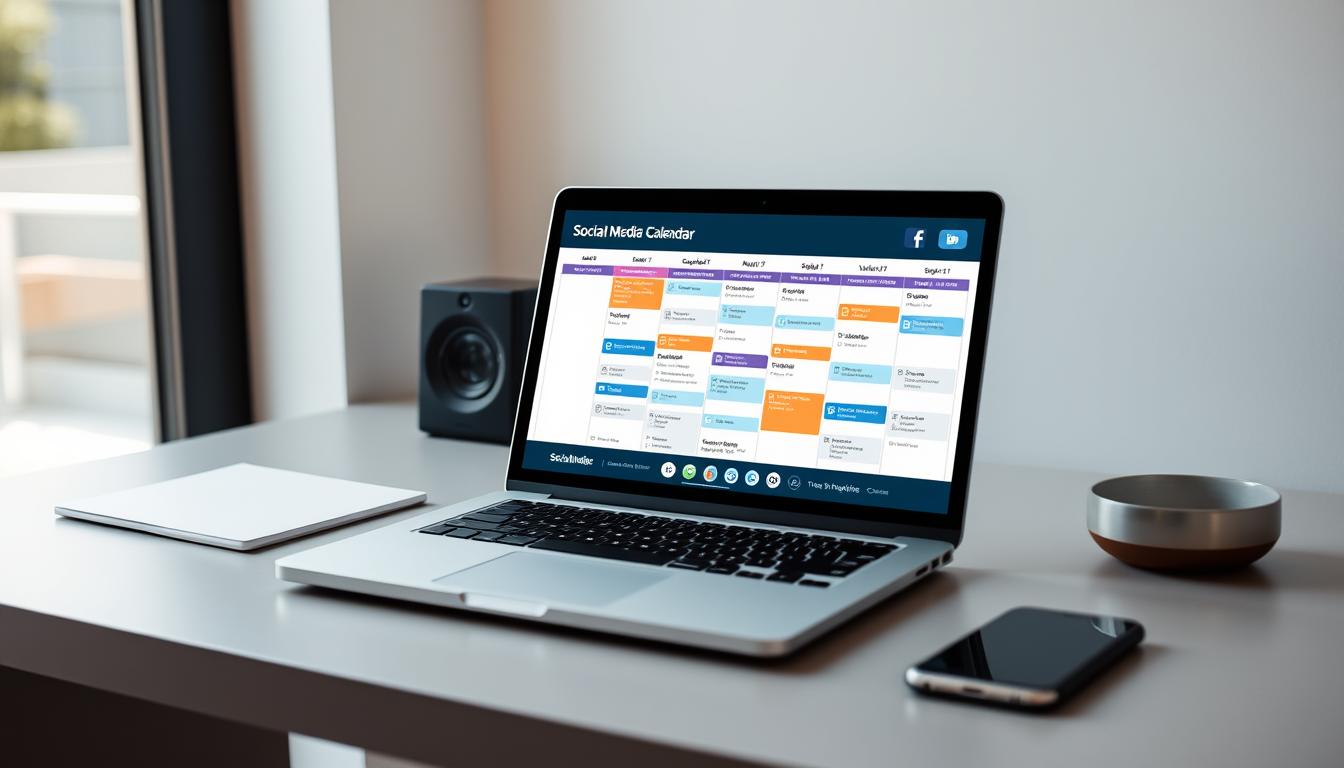A well-structured social media calendar is a game-changer for businesses looking to optimize their content marketing efforts and drive long-term growth. In today’s competitive digital landscape, maintaining a consistent, high-quality social media presence is essential for brand visibility, audience engagement, and lead generation. However, without proper planning, businesses risk posting inconsistently, failing to engage their audience, and missing key opportunities for conversions.
A social media calendar enables businesses to plan, organize, and execute their content strategy efficiently. It provides a roadmap for when and where to post content, ensuring consistency, relevance, and alignment with business goals. By mapping out content in advance, businesses can optimize engagement, measure performance, and maintain a cohesive brand narrative across multiple platforms.
This article explores how to build and implement a social media calendar that enhances content marketing efforts, increases audience engagement, and drives business growth. We will discuss best practices for content scheduling, platform-specific strategies, analytics tracking, and automation. Additionally, we’ll highlight how WiFi Digital provides expert solutions to streamline content planning and maximize marketing ROI.
1. Why a Social Media Calendar is Essential for Business Growth
A social media calendar is more than just a planning tool—it’s a strategic asset that helps businesses maintain consistency, improve efficiency, and achieve marketing objectives. Without a clear content schedule, brands risk losing audience interest, missing out on engagement opportunities, and falling behind competitors.
1.1 Benefits of a Social Media Calendar
- Consistency & Brand Authority: Regular posting builds trust and strengthens brand presence.
- Improved Audience Engagement: Content planned around audience behavior boosts interactions.
- Better Time Management: Reduces last-minute stress and ensures a steady content flow.
- Enhanced Collaboration: Teams stay aligned on campaigns, messaging, and goals.
- Data-Driven Decision Making: Performance tracking helps refine content strategy for maximum impact.
1.2 Aligning a Social Media Calendar with Business Goals
A structured social media calendar ensures that content aligns with overarching business goals, whether increasing brand awareness, generating leads, or driving sales. By integrating seasonal promotions, product launches, and industry trends into the calendar, businesses can maximize their marketing impact.
WiFi Digital helps businesses create customized social media calendars, ensuring seamless integration with marketing objectives and audience engagement strategies.
2. Crafting a Content Strategy for Your Social Media Calendar
A successful social media calendar starts with a well-defined content strategy that balances promotional, educational, and interactive content. Businesses must tailor their messaging to resonate with their target audience while maintaining brand authenticity.
2.1 Determining Content Pillars
Content pillars serve as the foundation of a social media calendar, ensuring content variety and engagement. Common content categories include:
- Educational Content: Industry insights, how-to guides, expert advice.
- Promotional Content: Product launches, discounts, brand announcements.
- User-Generated Content (UGC): Customer testimonials, brand mentions, influencer collaborations.
- Engagement-Driven Content: Polls, Q&A sessions, contests, interactive posts.
- Trending & Seasonal Content: Hashtag challenges, holiday campaigns, viral trends.
2.2 Adapting Content for Different Social Media Platforms
Each social media platform has unique audience behaviors and content formats. Businesses must tailor their content strategy accordingly:
- Instagram & TikTok: Short-form videos, reels, aesthetic visuals.
- Facebook & LinkedIn: Long-form articles, professional insights, community-building.
- Twitter (X): Real-time updates, trending conversations, bite-sized content.
- YouTube: In-depth video content, tutorials, brand storytelling.
WiFi Digital assists businesses in crafting data-driven content strategies optimized for each platform, ensuring maximum engagement and reach.
3. Optimizing Scheduling & Posting Frequency for Maximum Engagement
Effective scheduling is crucial for maintaining audience engagement and maximizing content reach. A social media calendar helps brands determine the best posting times, frequency, and content mix to optimize engagement.
3.1 Determining the Best Posting Times
Posting at the right time increases visibility and interaction. Research suggests:
- Instagram & Facebook: Peak times are 10 AM – 12 PM and 7 PM – 9 PM.
- LinkedIn: Best engagement occurs during business hours (8 AM – 10 AM, 5 PM – 6 PM).
- TikTok & Twitter (X): Evenings (6 PM – 10 PM) generate higher engagement.
Using analytics tools to track audience activity helps refine posting schedules and improve performance.
3.2 Balancing Posting Frequency Across Platforms
Maintaining an optimal posting frequency prevents content fatigue while maximizing engagement:
- Instagram: 3-5 posts per week, daily stories.
- Facebook: 3-4 posts per week.
- LinkedIn: 2-3 posts per week.
- Twitter (X): 3-5 tweets per day.
- TikTok: 4-7 posts per week.
WiFi Digital provides automated scheduling solutions to help brands maintain consistency and maximize content exposure across all platforms.
4. Tracking Performance & Refining Content Strategy
A social media calendar is most effective when paired with analytics tracking. By measuring content performance, businesses can optimize their strategies for continuous improvement.
4.1 Key Performance Metrics (KPIs) to Monitor
- Engagement Rate: Likes, comments, shares, and saves.
- Reach & Impressions: The number of users exposed to content.
- Click-Through Rate (CTR): Measures content-driven website traffic.
- Conversion Rate: Tracks how many actions (purchases, sign-ups) result from social media.
- Follower Growth: Evaluates audience expansion over time.
4.2 A/B Testing for Content Optimization
Experimenting with different content formats, headlines, and CTAs helps identify what resonates best with audiences.
4.3 Using Analytics Tools for Data-Driven Decisions
Popular tools for tracking social media calendar performance include:
- Meta Business Suite: Facebook & Instagram insights.
- Google Analytics: Tracks website traffic from social media.
- Sprout Social & Hootsuite: Multi-platform analytics dashboards.
- LinkedIn & Twitter Analytics: Performance tracking for B2B campaigns.
WiFi Digital provides brands with in-depth analytics and performance reporting to ensure data-driven social media marketing success.
5. Automating & Streamlining Your Social Media Calendar
Leveraging automation tools improves efficiency and ensures seamless execution of a social media calendar. Automation allows businesses to focus on strategy and engagement while minimizing manual posting efforts.
5.1 Social Media Management Tools
Popular automation platforms include:
- Hootsuite & Buffer: Schedule and monitor content across multiple platforms.
- Later & Planoly: Optimize visual content scheduling.
- Sprinklr & SocialBee: AI-powered insights for automated content planning.
5.2 Integrating AI for Smarter Scheduling
AI-driven tools analyze audience behavior to suggest optimal posting times and content strategies.
5.3 Team Collaboration & Workflow Management
Collaboration tools like Asana, Trello, and Slack ensure seamless communication between marketing teams, content creators, and social media managers.
WiFi Digital provides expert automation solutions, enabling businesses to streamline their social media calendar and improve content workflow efficiency.
A well-structured social media calendar is an essential tool for businesses looking to enhance their content marketing strategy and drive long-term growth. By planning content strategically, optimizing posting schedules, tracking performance, and leveraging automation, brands can maximize engagement, strengthen audience relationships, and achieve sustainable business success.
With WiFi Digital’s expertise in social media strategy, businesses can streamline content planning, leverage data-driven insights, and execute high-impact marketing campaigns. By embracing innovation and consistency, brands can transform their social media presence into a powerful engine for business growth.
WiFi Digital: Connecting Businesses to the Digital Future
In today’s fast-paced world, where a strong digital presence is essential for business growth, WiFi Digital emerges as a strategic partner for small and medium-sized businesses (SMBs). Founded in 2023 and based in London, Ontario, the company has a clear mission: to provide affordable, high-quality solutions that help businesses thrive online. With an experienced and passionate team, WiFi Digital goes beyond simply creating websites and marketing strategies. Its purpose is to empower entrepreneurs, strengthen brands, and give clients more free time to focus on what truly matters – growing their business and improving their quality of life.
WiFi Digital develops websites that authentically and professionally represent your brand, optimizes systems and digital marketing strategies to enhance visibility and return on investment (ROI), and offers affordable, customized solutions, ensuring that businesses of all sizes have access to effective growth tools. With transparency, partnership, and innovation, the company provides each client with the necessary support to achieve real results.
Business digitalization is not just about numbers or metrics. It directly impacts entrepreneurs’ well-being, bringing more organization, efficiency, and freedom to focus on what truly matters. WiFi Digital understands that by investing in digital solutions, businesses gain time, reduce operational stress, and create opportunities to connect better with their customers. A well-structured online presence not only increases sales but also strengthens the public’s trust in the brand.
Beyond technical expertise, WiFi Digital’s key differentiator is its commitment to people. The company values genuine relationships, creates tailored strategies, and works side by side with clients to ensure that every solution meets their specific needs. If you’re looking to boost your brand, attract more customers, and still have more time to focus on what truly matters, now is the time to act!
💡 Transform your digital presence with experts who understand your needs.
📩 Contact us now: contact@wifidigital.ca
🌍 Learn more: www.wifidigital.ca
🚀 Your growth starts here!



